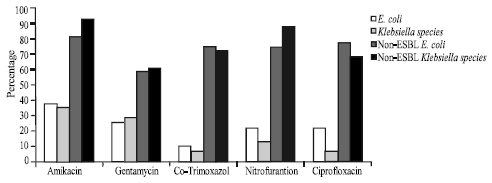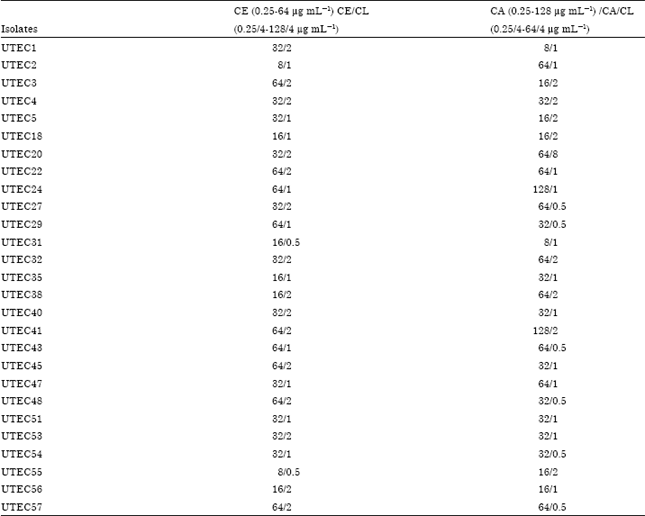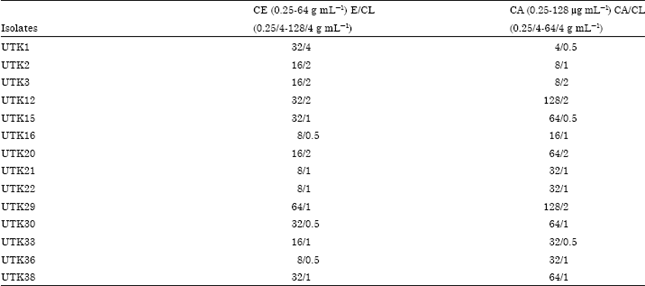Research Article
Prevalence of Extended Spectrum Beta Lactamases in Uropathogenic Escherichia coli and Klebsiella Species in a Chennai Suburban Tertiary Care Hospital and its Antibiogram Pattern
Bharathiar University, Coimbatore, India
Kathireshan A. Kaliyaperumal
Department of Microbiology, VELS University, Chennai, India
Balagurunathan Ramasamy
Department of Microbiology, Periyar University, Salem, India











